Some of the world’s most powerful art exists far from museum walls and gallery spotlights, scattered across deserts, mountains, forests, and even ocean floors where few people will ever see them. These remote installations challenge everything we think we know about art accessibility, requiring pilgrimages through harsh terrain or deep underwater dives just to witness their beauty.
The journey to find these hidden artworks often becomes as transformative as the art itself. When you’ve hiked through trackless desert or sailed across rough seas to reach a single sculpture, the encounter carries a weight that no indoor exhibition can match.
Here is a list of 19 art installations hidden in the world’s most remote landscapes.
The Lightning Field, New Mexico
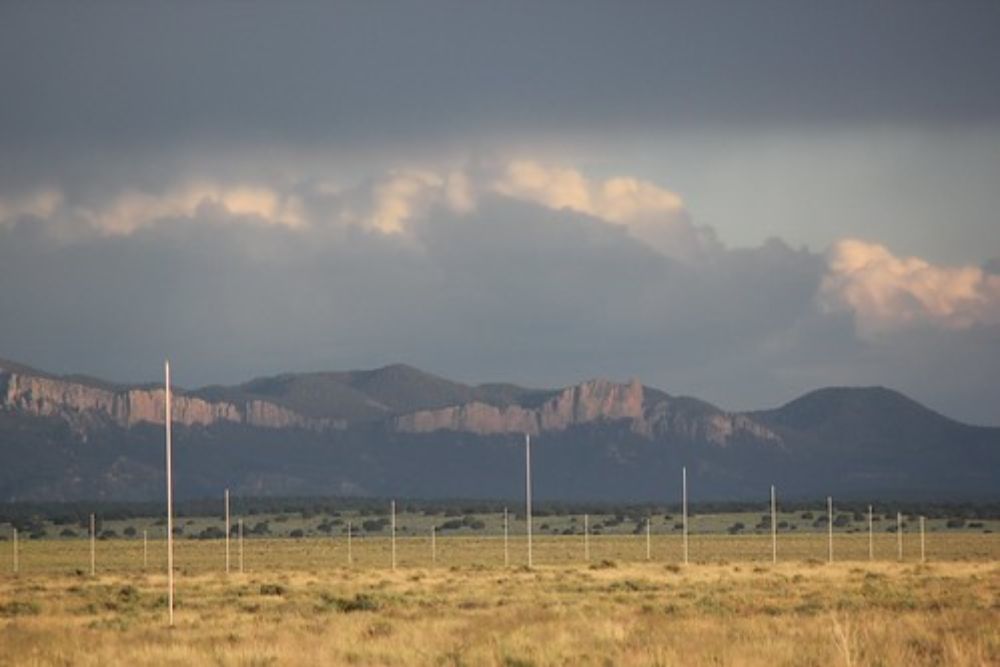
Walter De Maria’s masterpiece consists of 400 polished stainless steel poles arranged in a perfect grid across one square mile of high desert near Quemado, New Mexico. The work’s exact location is a tightly held secret by the Dia Art
Foundation, accessible only through reservations that include an overnight stay in an isolated cabin. During thunderstorms, the poles attract lightning strikes, creating an otherworldly light show across the empty landscape.
Roden Crater, Arizona
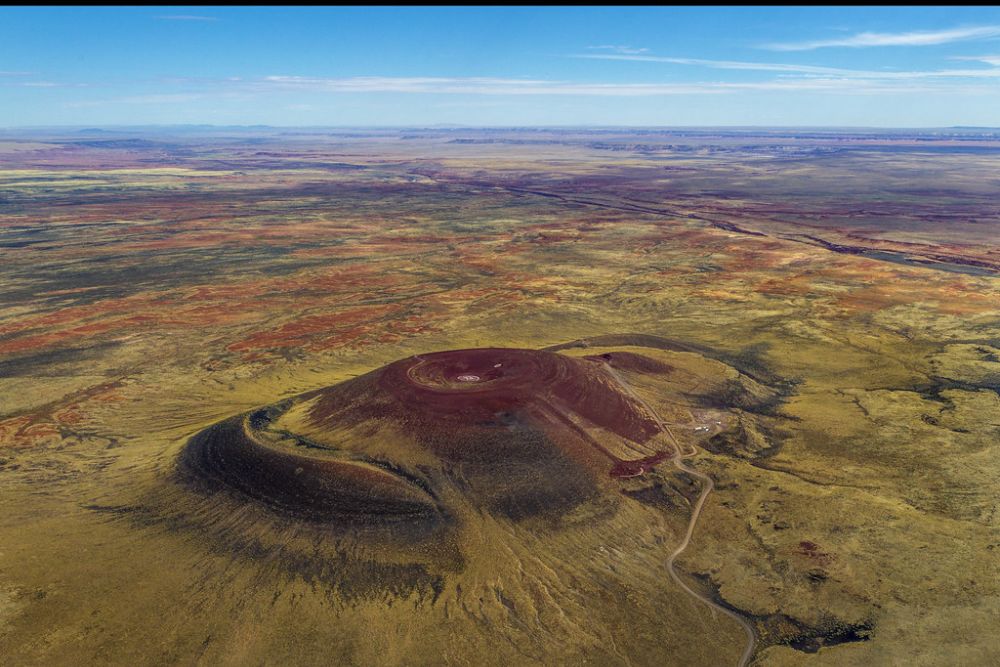
James Turrell has spent over four decades transforming an extinct volcanic cinder cone in Arizona’s Painted Desert into a massive celestial observatory. The artist has moved 1.3 million cubic yards of earth to create tunnels and apertures that frame the sky and manipulate natural light.
Located in one of the most remote areas of Arizona, this ongoing project requires special permission to visit and represents one of the most ambitious art installations ever attempted.
Like Travel Pug’s content? Follow us on MSN.
City, Nevada
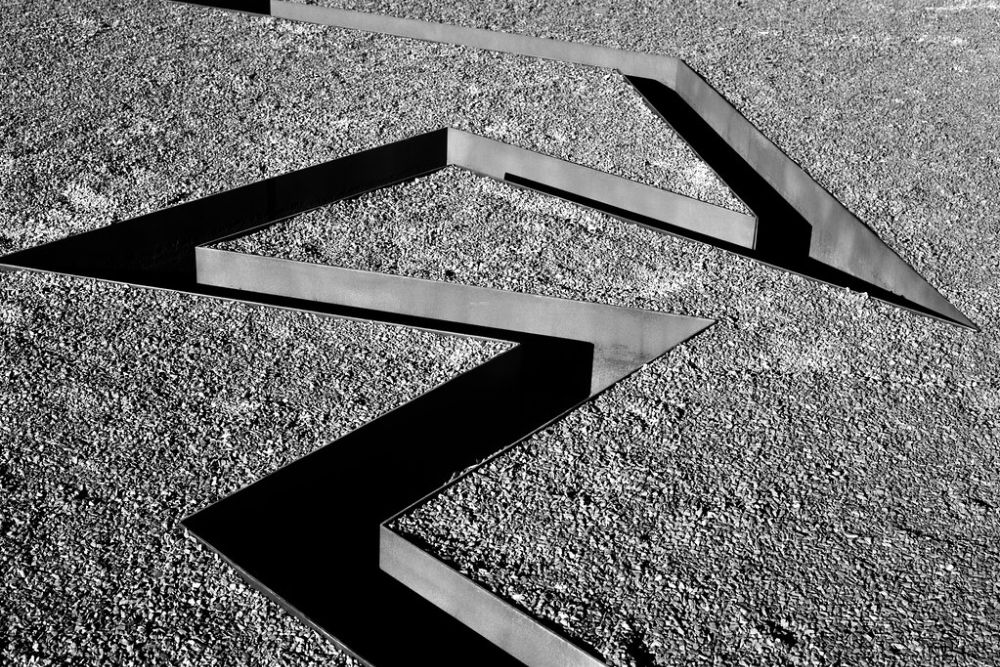
Michael Heizer’s monumental installation, which took more than 50 years to complete, is situated in Nevada’s remote Garden Valley, far from any paved roads. This 1.5-mile-long complex of sculptural mounds and geometric forms covers 2.5 square miles of desert and cost over $40 million to create.
Only six visitors per day are allowed at this otherworldly site, which resembles a cross between ancient Mayan ruins and a science fiction landscape.
Spiral Jetty, Utah
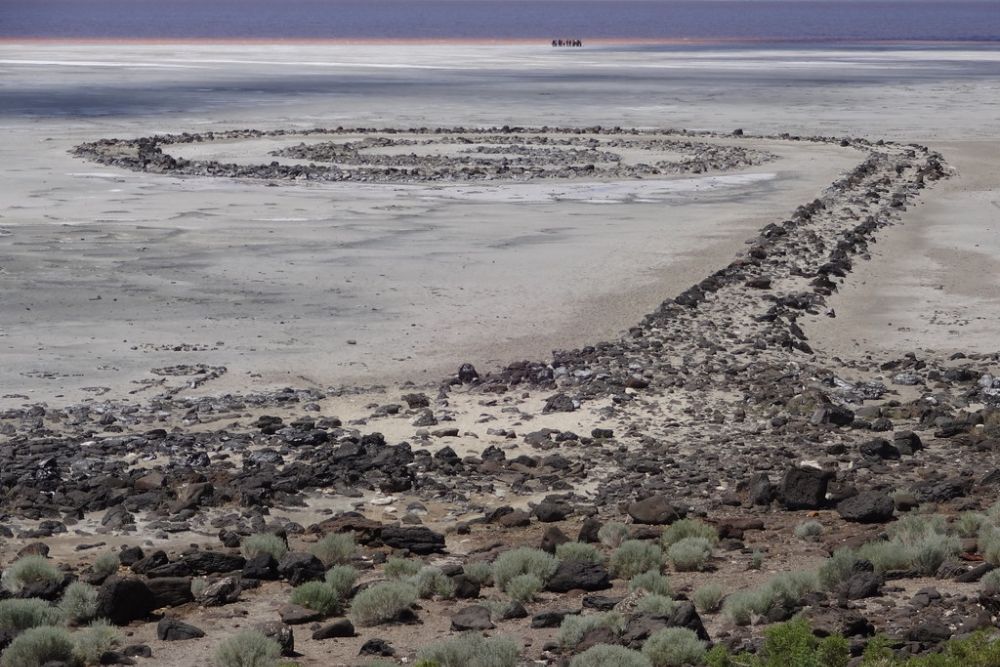
Robert Smithson’s iconic 1,500-foot spiral of basalt rocks extends into the Great Salt Lake from its northeastern shore. Created in 1970 using 6,000 tons of black basalt and earth, this counterclockwise coil appears and disappears based on the lake’s water levels.
The journey to reach Spiral Jetty requires a 90-minute drive from Salt Lake City, followed by miles of unpaved ranch roads through desolate terrain.
Double Negative, Nevada
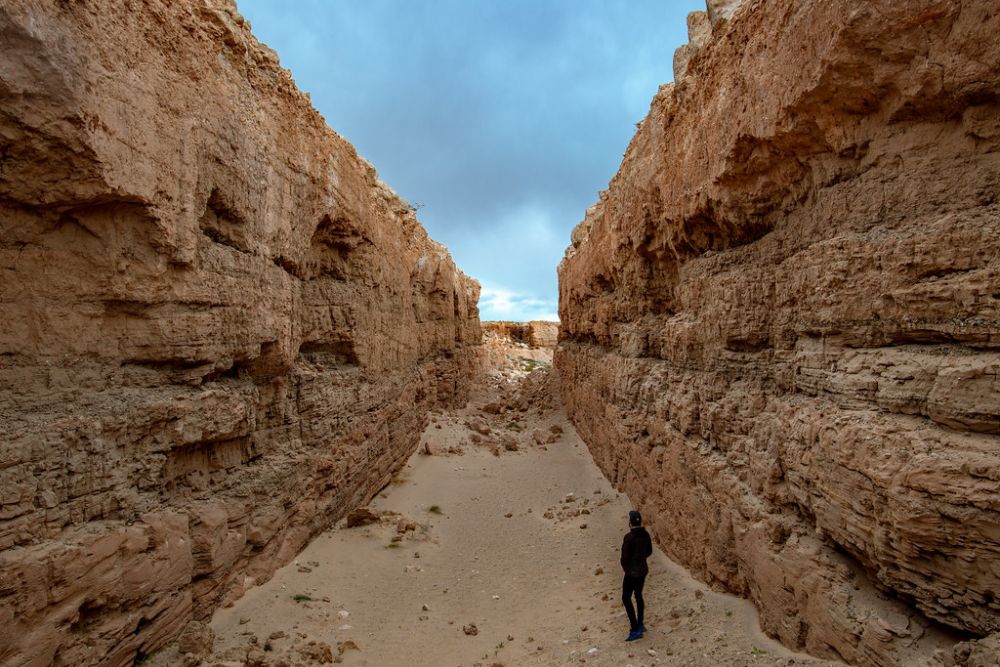
Michael Heizer carved two massive trenches into opposite sides of a mesa in Nevada’s Moapa Valley, creating negative space that measures 1,500 feet long, 50 feet wide, and 30 feet deep. The work displaces 240,000 tons of rhyolite and sandstone, accessible only via rough four-wheel-drive roads through a rugged desert.
This monumental earthwork transforms the viewing experience by requiring visitors to walk through the cuts to understand the scale and impact of the intervention.
Like Travel Pug’s content? Follow us on MSN.
Salvation Mountain, California
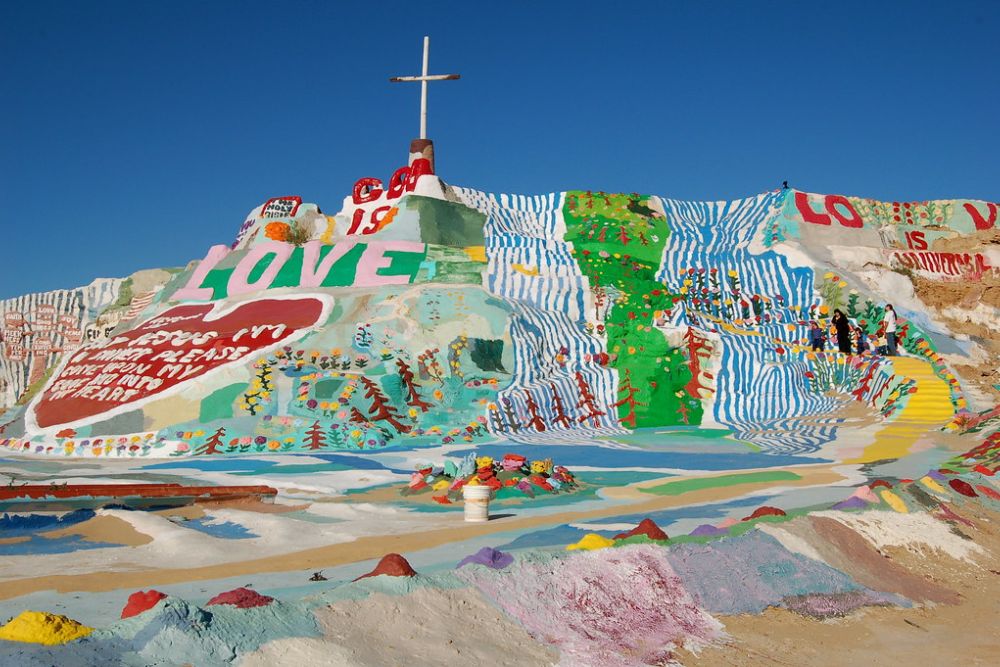
Leonard Knight spent 28 years transforming a small hill near Slab City into a colorful religious monument using adobe clay, straw, and hundreds of thousands of gallons of donated paint. Located in the California desert near the Salton Sea, this 50-foot-tall mountain displays messages of love and faith in brilliant colors that can be seen for miles.
The installation serves as both artwork and spiritual pilgrimage site for visitors willing to venture into this off-grid desert community.
Andy Goldsworthy’s Forest Installations, Scotland
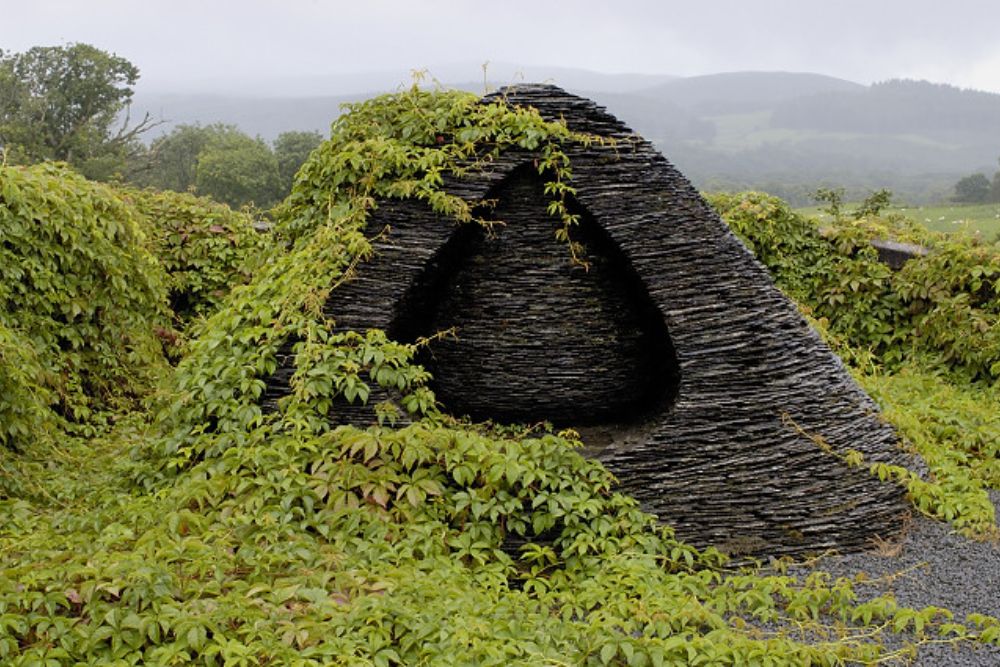
The British artist creates ephemeral sculptures in remote Scottish forests using only natural materials like leaves, stones, ice, and branches found on-site. These temporary works exist briefly before being reclaimed by nature, documented only through photographs that capture their fleeting beauty.
Goldsworthy often works in locations so remote that he must hike for hours just to reach suitable materials, creating art that exists in perfect harmony with its environment.
Wood Line, California
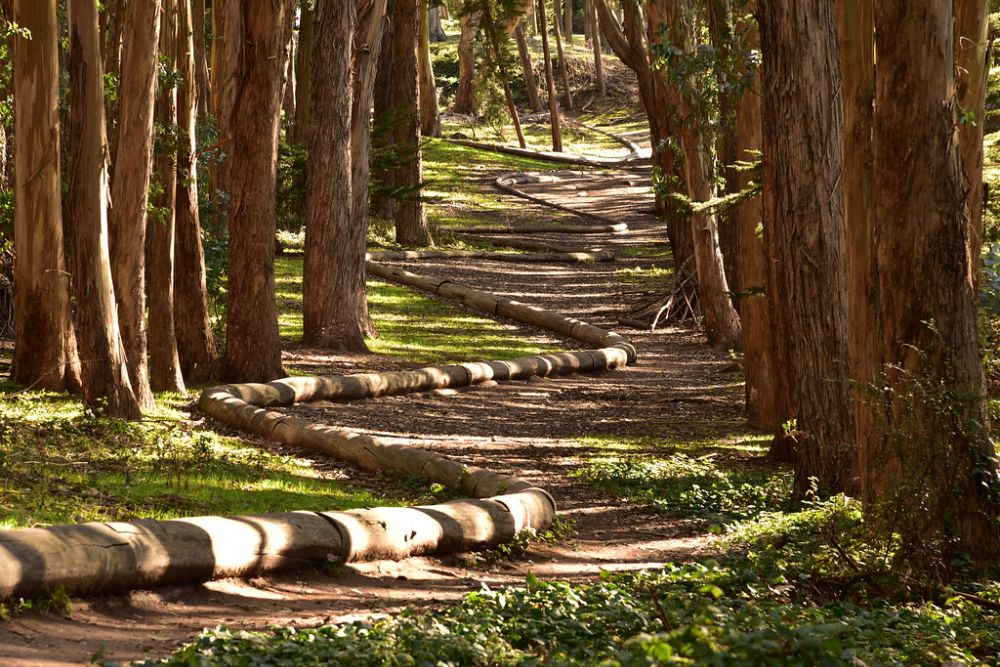
Andy Goldsworthy’s serpentine installation winds through a eucalyptus grove in San Francisco’s Presidio, created from tree trunks felled during forest management. The 1,200-foot line of logs curves organically through the landscape, requiring visitors to walk deep into the forest to discover its full length.
Over time, the installation will decompose naturally, returning the materials to the forest floor as part of the artwork’s intended lifecycle.
Like Travel Pug’s content? Follow us on MSN.
Steilneset Memorial, Norway
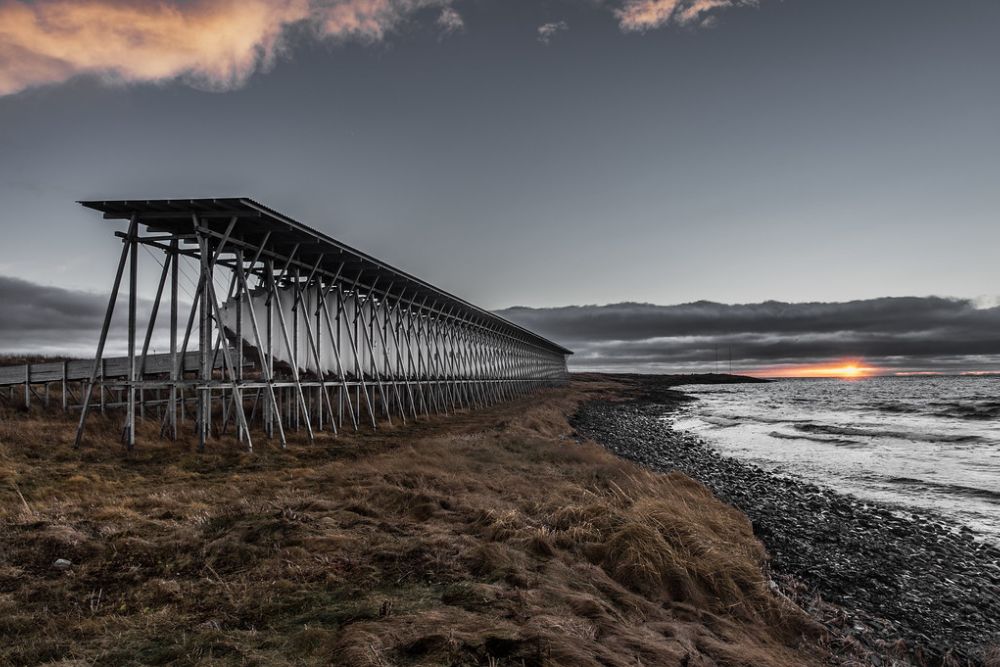
Located in Vardø, Norway, at the edge of the Arctic Circle, this haunting memorial by Louise Bourgeois and Peter Zumthor commemorates 91 people executed for witchcraft in the 17th century. The installation consists of a 410-foot-long corridor with 91 light bulbs and a separate glass chamber housing a burning steel chair surrounded by mirrors.
Reaching this remote Arctic location requires travel to one of Norway’s most northern towns, accessible only by a single road.
Museum of Underwater Art, Australia
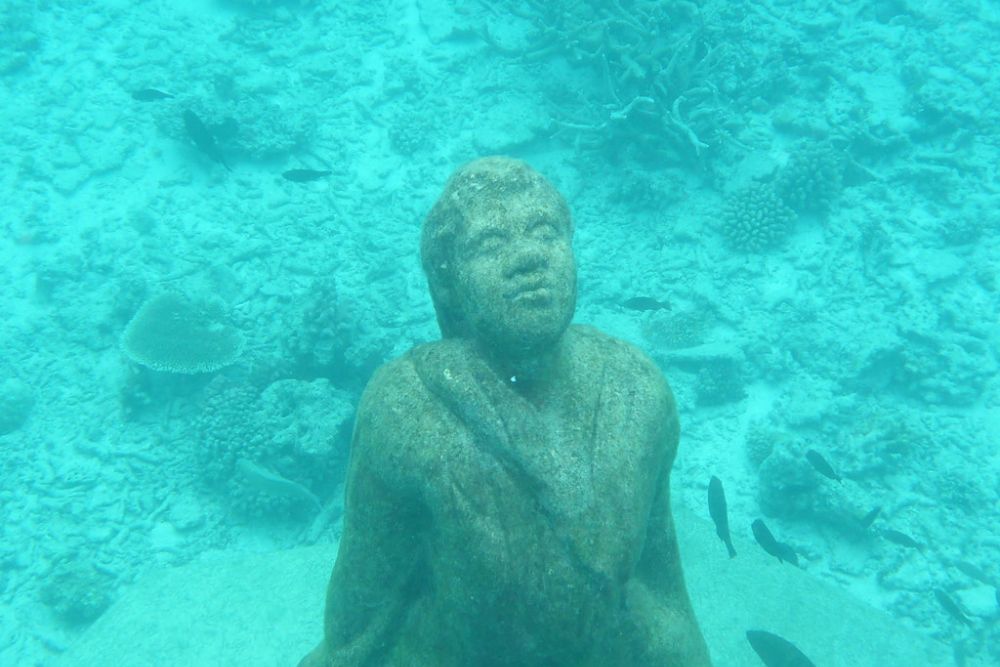
Jason deCaires Taylor’s underwater sculptures on the Great Barrier Reef create the Southern Hemisphere’s first underwater art museum. The Coral Greenhouse installation sits 60 feet underwater at John Brewer Reef, accessible only by boat from Townsville, followed by scuba diving or snorkeling.
These sculptures serve dual purposes as art and artificial reef structures, designed to encourage marine life growth while drawing visitors away from fragile natural coral formations.
Inside Australia, Western Australia
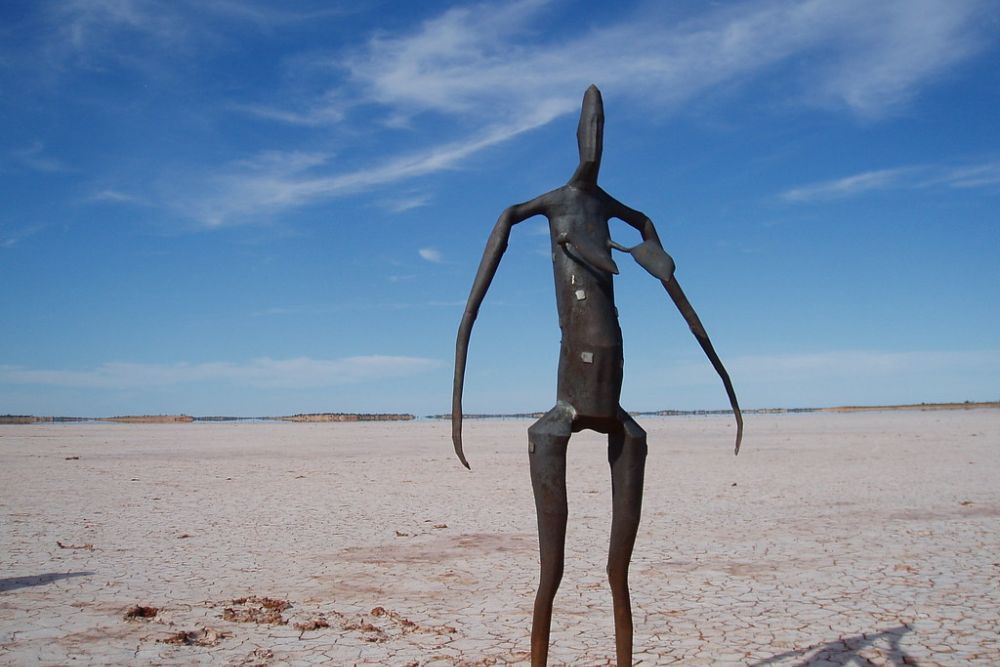
Antony Gormley scattered 51 life-sized metal sculptures across the vast expanse of Lake Ballard, 320 miles east of Perth in Western Australia’s remote interior. Each figure was cast from scans of residents from the nearest town, Menzies, located 30 miles away.
Visitors must drive hours through the Outback to reach this installation, where the isolated figures create a profound meditation on human presence in the landscape.
Like Travel Pug’s content? Follow us on MSN.
Naoshima Art Island, Japan
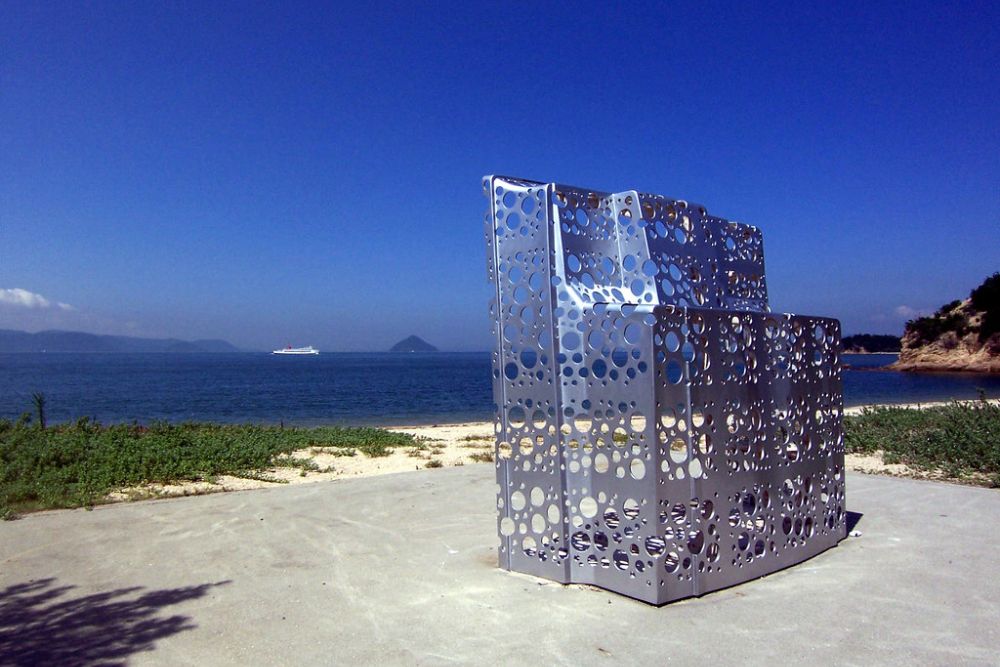
This small island in Japan’s Seto Inland Sea hosts numerous contemporary art installations scattered across its rural landscape, including Yayoi Kusama’s giant polka-dotted pumpkin sculptures. Accessible only by ferry from the mainland, the island transforms abandoned buildings and natural sites into art spaces.
The remote location and slow ferry connections create a sense of discovery as visitors explore art installations hidden throughout the island’s traditional fishing villages.
Seven Magic Mountains, Nevada
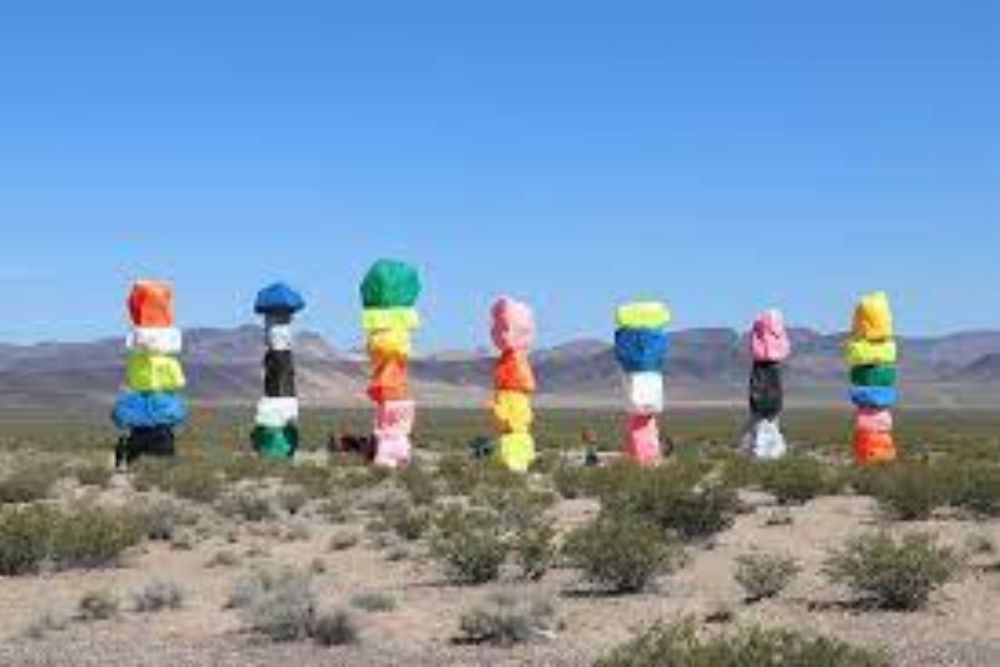
Ugo Rondinone’s colorful installation consists of seven towering sculptures made from locally sourced boulders painted in fluorescent colors, rising 30 to 35 feet high in the Mojave Desert. Located 25 miles south of Las Vegas near Interstate 15, these vibrant totems create a striking contrast against the desert landscape.
Despite being visible from the highway, the installation requires visitors to venture into the desert on foot to fully appreciate the scale and impact of these monumental works.
Prada Marfa, Texas
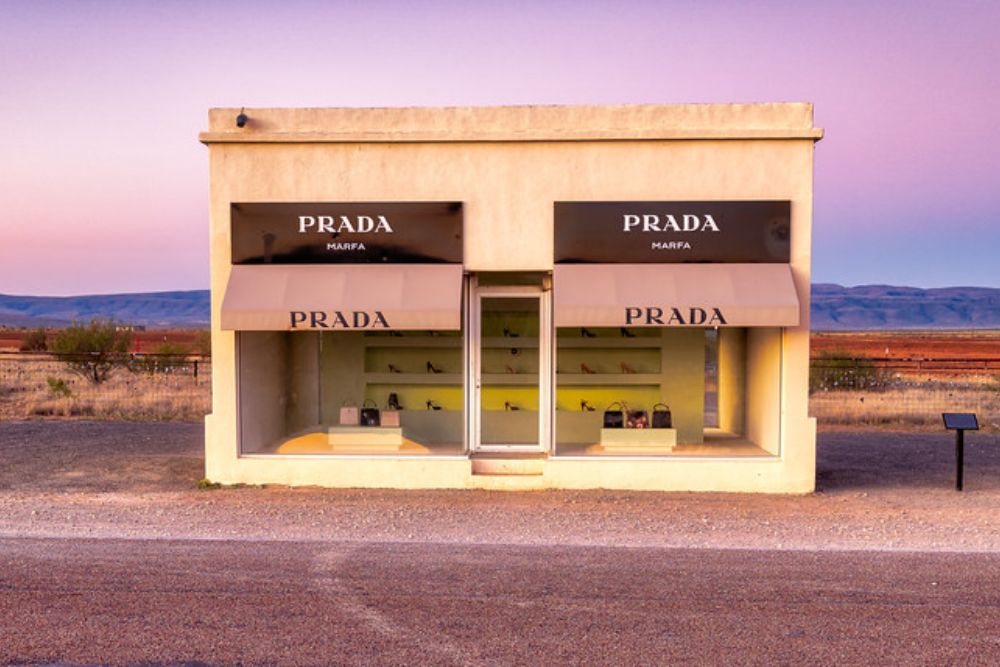
Elmgreen & Dragset’s permanent sculpture mimics a luxury boutique storefront in the middle of the west Texas desert, 26 miles northwest of the nearest town of Marfa. This critique of consumerism sits along a lonely stretch of Highway 90, filled with actual Prada merchandise but never open for business.
The installation’s remote location—three hours from the nearest major airport—turns the viewing experience into a desert pilgrimage for art lovers and culture seekers.
Like Travel Pug’s content? Follow us on MSN.
Ocean Atlas, Bahamas
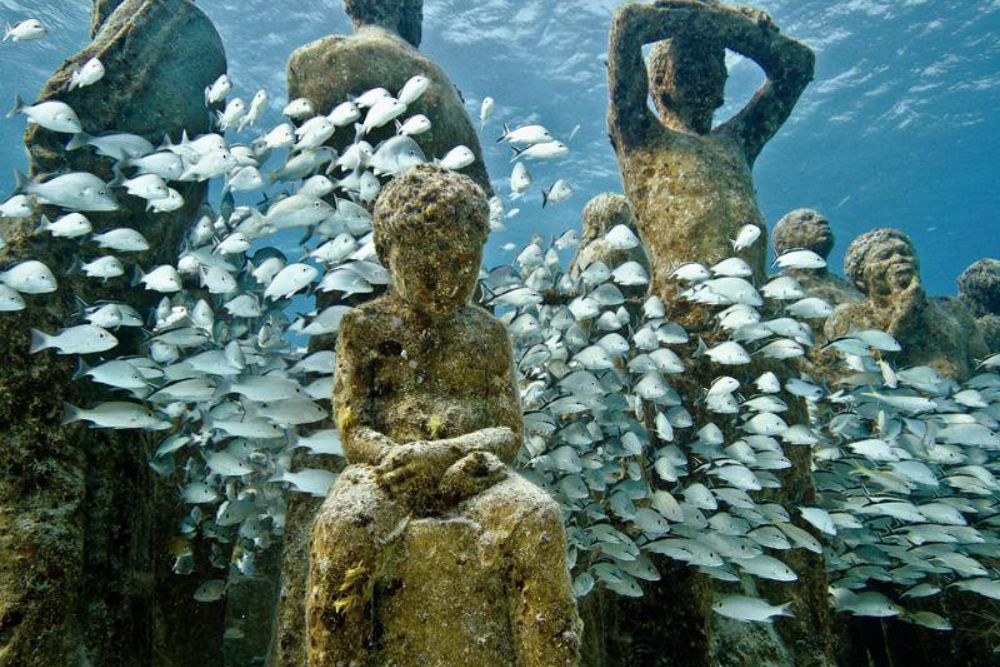
Jason deCaires Taylor’s colossal underwater sculpture depicts a young girl carrying the weight of the ocean, standing 18 feet tall on the seafloor near Nassau. This 60-ton installation holds the Guinness World Record as the largest single underwater sculpture and can only be accessed by diving in the Bahamian waters near Nassau.
The sculpture’s remote underwater location creates an otherworldly encounter for divers who must descend to 16 feet to witness this powerful statement about climate change.
Sun Tunnels, Utah
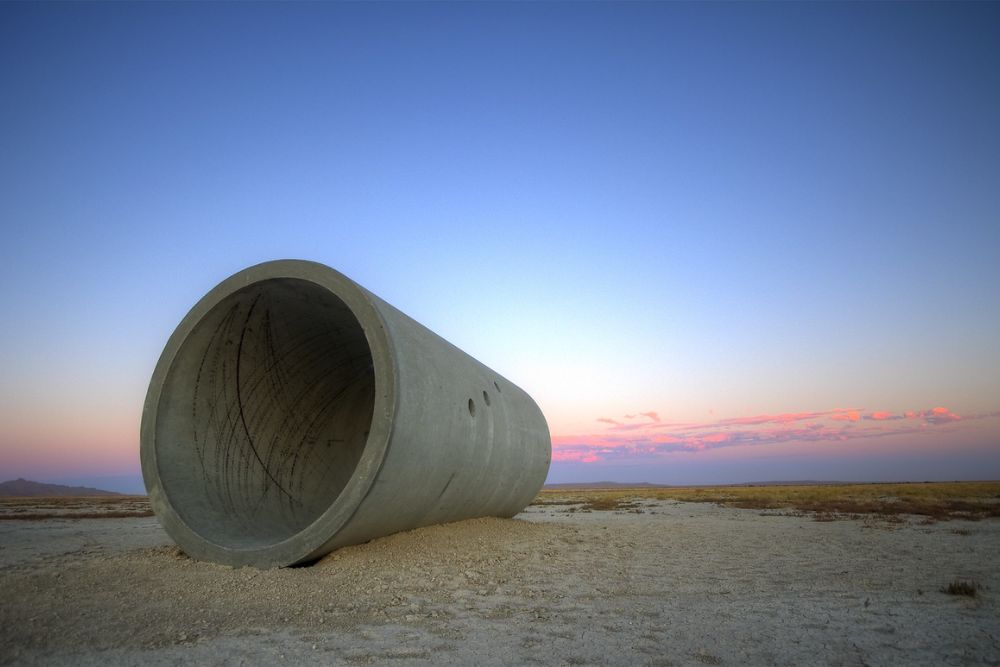
Nancy Holt’s four massive concrete tubes are aligned with the sunrise and sunset of the summer and winter solstices in Utah’s remote Great Basin Desert. Each tunnel contains precisely placed openings that create patterns of light throughout the day and year, requiring visitors to camp overnight to fully experience the astronomical alignments.
Located hours from any major road, these tunnels create a profound sense of isolation and connection to cosmic cycles.
Broken Circle and Spiral Hill, Netherlands
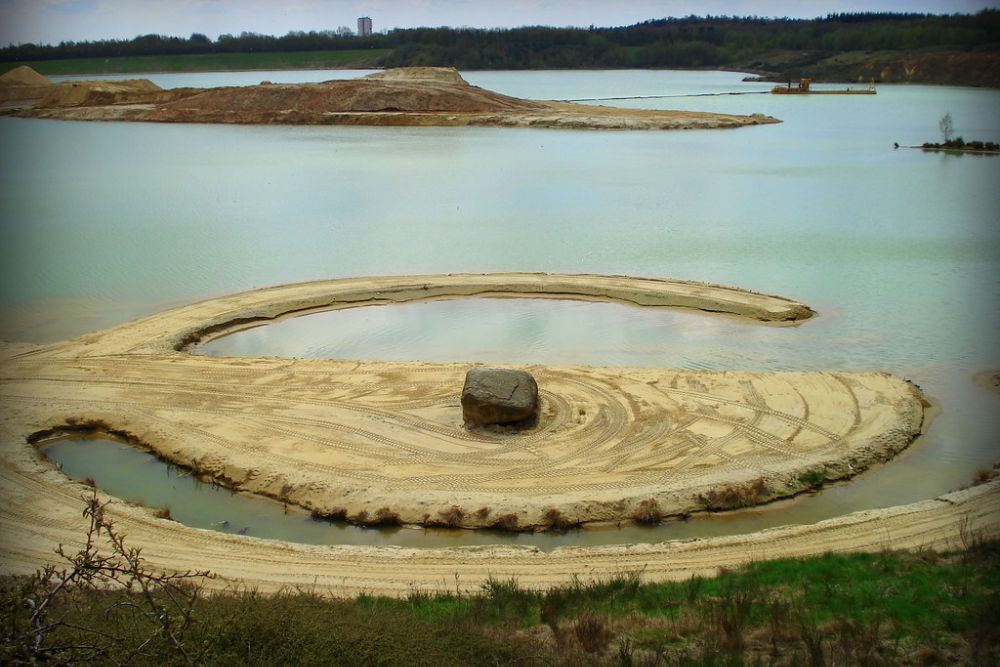
Robert Smithson’s earthwork pair sits in a remote polder near Emmen, created during the artist’s brief visit to the Netherlands in 1971. The Broken Circle consists of a circular canal with a boulder at its center, while Spiral Hill rises from an adjacent field.
These works require careful navigation through the rural Dutch countryside to locate, offering a European perspective on the American Land Art movement’s concepts.
Like Travel Pug’s content? Follow us on MSN.
Tree Fall, California
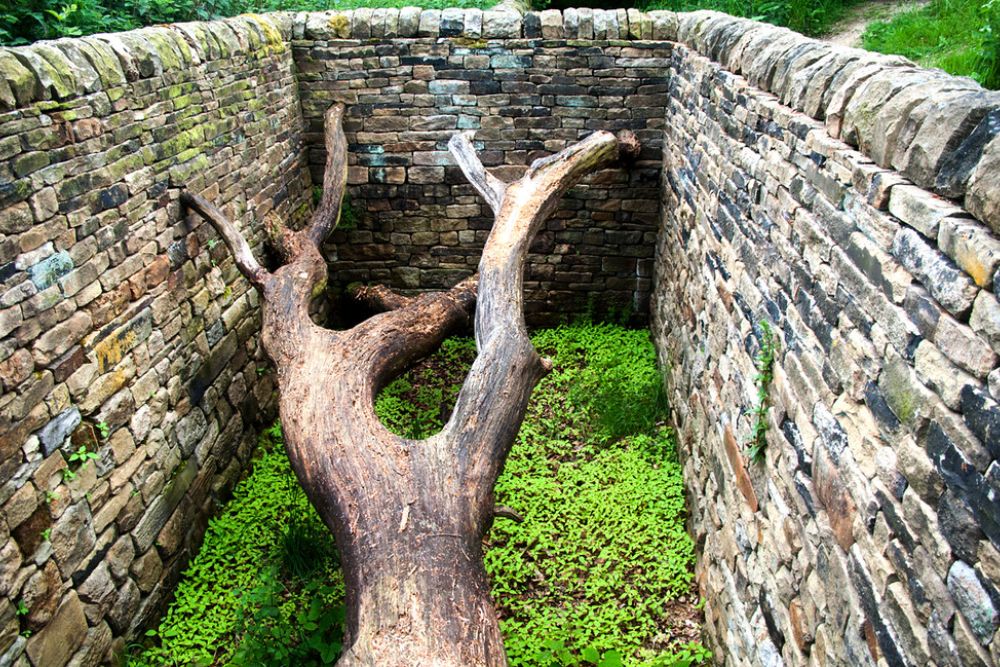
Andy Goldsworthy’s indoor installation transforms a historic military building in San Francisco’s Presidio into a meditation on the relationship between natural and built environments. A massive clay-covered eucalyptus branch hangs suspended inside the small Powder Magazine, with clay covering both the branch and the ceiling in organic patterns.
The installation’s location within a remote area of the Presidio requires visitors to seek out this hidden building among the park’s vast landscape.
Ghost Forest, Norway
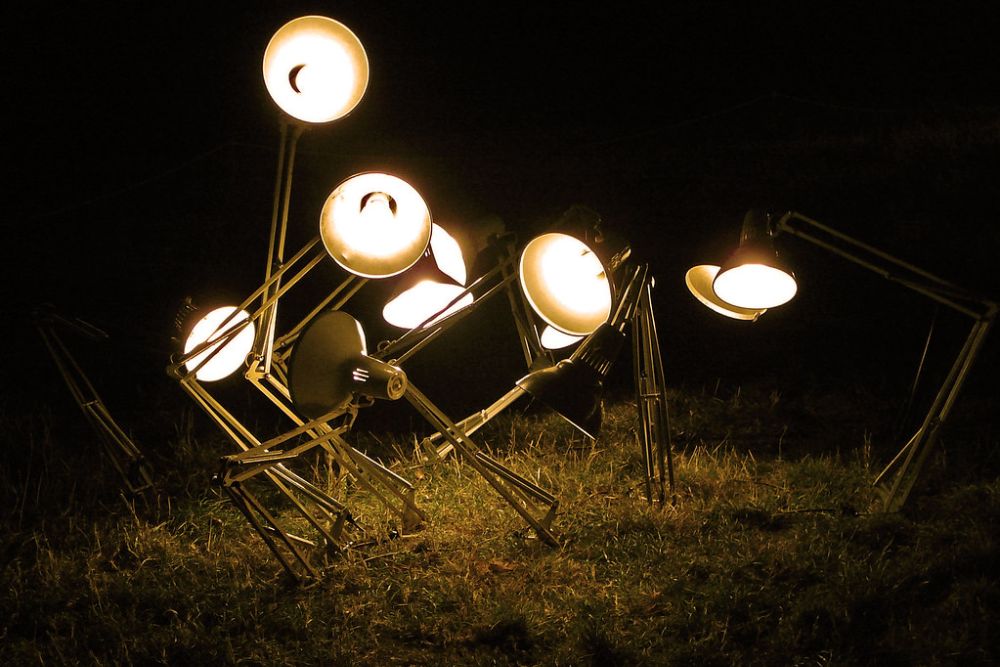
Rune Guneriussen creates surreal installations by placing everyday objects like lamps, books, and furniture in remote Norwegian landscapes, photographing them before nature reclaims the sites. These temporary works appear in forests, mountains, and tundra accessible only by hiking to locations that few humans visit.
The installations exist briefly as living sculptures before being carefully removed, leaving only photographs as evidence of their existence.
Where Art Seeks Solitude to Find Its Voice
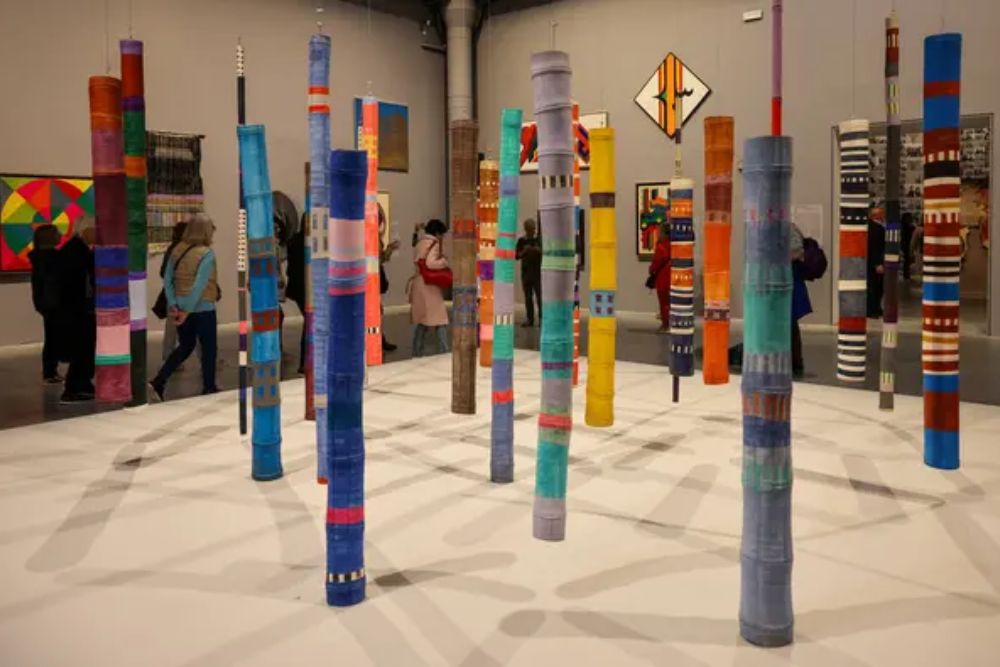
These remote installations represent something profound about human creativity—the need to create meaning in places where meaning seems absent. The Lightning Field is obscure, both in the sense of being difficult to perceive at once, especially at midday-and in being remote and troublesome to reach.
Each installation tells us that some experiences cannot be commodified, packaged, or made convenient. They demand commitment, preparation, and often considerable physical effort just to witness. In an age when most art comes to us through screens and social media feeds, these remote masterpieces remind us that the most transformative encounters still require us to venture beyond our comfort zones.
More from Travel Pug

- 20 Best Beach Towns in the Carolinas
- 13 Destinations Where Tourists Regularly Regret Their Trip
- 20 Things You Actually Get in First Class
- 20 Small Airports With Aviation Museums
- 20 Places in the U.S. That Are Perfect for a Reset Trip
Like Travel Pug’s content? Follow us on MSN.
